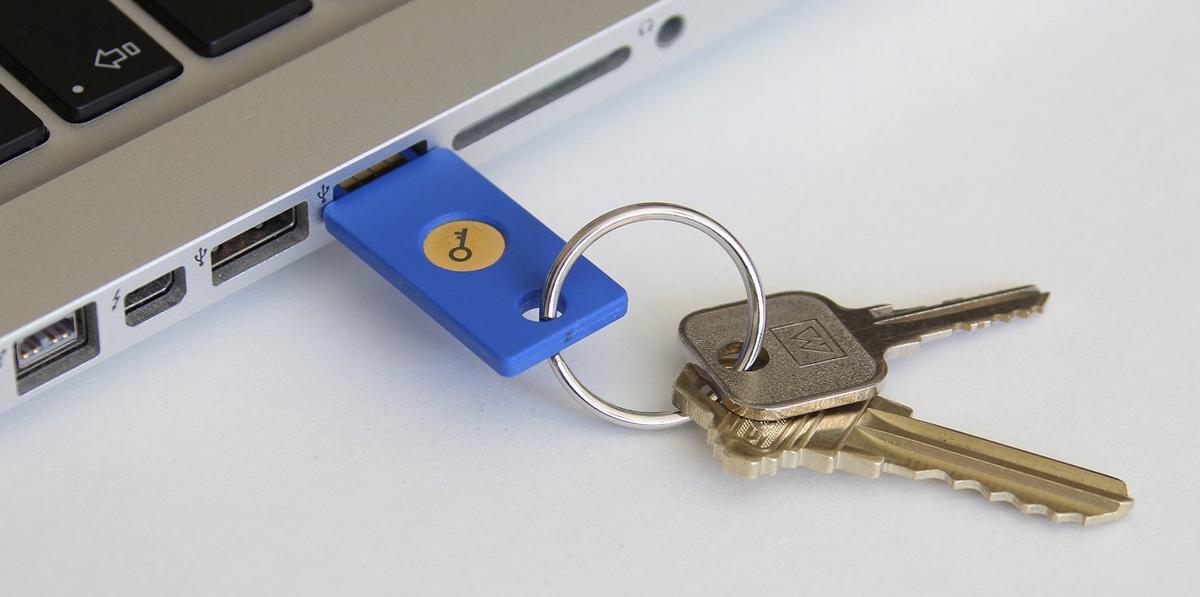Remote work has become a staple in today's professional landscape, and having the right tools can make all the difference. From communication to project management, file sharing to time tracking, each tool plays a vital role in keeping teams connected and productive.
Key Remote Work Tools
When your team is scattered across different locations, communication can be challenging. That's where tools like Slack shine. Slack is your virtual office, where you can chat with colleagues, share files, and even throw in a fun GIF when the moment calls for it. Channels let you group conversations by project, team, or topic, keeping everything organized.
Organizing projects remotely can sometimes feel overwhelming. This is where Asana comes into play. Asana provides a visual way to track your projects, from start to finish. You can see your tasks as a board, list, timeline, or calendar, giving you flexibility in how you manage your workflow. Assign tasks, set due dates, and track progress in one place.
File-sharing can be a headache if everyone is emailing different versions of the same document. That's why Google Drive is a lifesaver. It's a central hub where your team can store, access, and collaborate on files. Whether it's a spreadsheet, presentation, or document, Google Drive keeps everything in one place. Files are stored safely in the cloud, so they're accessible from any device, and collaboration features allow multiple people to edit and comment in real time.
Managing time effectively is crucial, and Toggl Track is an excellent tool for keeping tabs on where those hours are going. It's flexible enough to handle various tasks and projects, letting you know exactly how long each job takes. With Toggl, you can generate detailed reports that help you understand your team's productivity patterns and make informed decisions.
Each of these tools brings a different set of strengths, creating a well-rounded software stack that can handle the demands of remote work. They ensure that you and your team stay connected, organized, and productive, no matter where you are.
Integrations and Automation
Integrations and automation are game-changers in the remote work landscape, acting as the glue that binds your tools together, ensuring a smooth and efficient workflow. Tools like Zapier, Make, and Workato bridge the gap between various apps you use daily, syncing data and automating repetitive tasks.
- Zapier works by creating "Zaps"—automated workflows that connect your apps and services. For example, when you get a new task assigned in Asana, Zapier can automatically create a corresponding card in Trello, update a spreadsheet in Google Drive, or send a notification in Slack.
- Make (formerly known as Integromat) offers powerful automation capabilities with a visual interface that allows you to set up complex workflows between apps. Whether you want to automate data transfer between your CRM and marketing tools or update multiple project management platforms simultaneously, Make can handle it all.
- Workato takes this further with what they call "recipes"—pre-built automation workflows suited to various business needs. Workato stands out due to its ability to handle more intricate integrations that require conditional logic and multi-step automations.
The benefits of integrating and automating workflows are plentiful. It significantly reduces the potential for human error, ensures consistency, and frees up valuable time for your team to focus on strategic, high-priority tasks. Seamless data syncing across platforms keeps everyone on the same page, boosting productivity and ensuring decisions are made based on the most up-to-date information.
Whether you're a solopreneur managing multiple tasks or part of a large team coordinating across different time zones, the right automation tools can transform how you work. In the ever-changing remote work environment, leveraging these integrations and automation capabilities is essential for staying efficient and competitive.1
Security and Reliability
In today's remote work landscape, security and reliability are crucial. Ensuring that your team's data and communications remain secure is key to maintaining trust and efficiency.
Encryption is non-negotiable. Whether data is in transit or at rest, encryption ensures that unauthorized parties can't access it. Popular remote work tools like Google Drive and Slack use encryption to provide an additional layer of security for your files and messages.
Two-factor authentication (2FA) is another essential feature. Even if someone manages to get hold of your password, they'll need another piece of information to gain access, usually a code sent to your smartphone. Enabling 2FA on all your remote work tools adds a crucial layer of security.
User role management is also pivotal. Tools like Asana and Google Drive provide comprehensive user role management options, ensuring that only authorized personnel can view or edit sensitive information. This minimizes the risk of accidental data leaks and keeps your operations running smoothly.
Beyond the tools themselves, businesses should adopt best practices to ensure data safety. Here are some key considerations:
- Regular software updates
- Employee education on cybersecurity
- Backup strategies
- Use of VPNs
- Regular security audits
By leveraging encryption, using two-factor authentication, managing user roles carefully, and following best practices, you can protect your data and ensure the smooth operation of your remote workforce.2

Mobile and Cloud-Based Solutions
When working remotely, accessing your files and projects from anywhere, at any time, is essential. Mobile-friendly, cloud-based tools ensure you're never out of the loop, no matter where your travels take you.
Google Workspace exemplifies this perfectly. It's a fully integrated, cloud-based ecosystem designed to keep your projects flowing smoothly. From Google Docs to Google Sheets and Google Slides, you can create, edit, and collaborate on files in real-time, no matter the device. Google Drive, a key component of Google Workspace, takes file sharing to another level, offering solid security and easy access control.
Dropbox is another powerhouse in cloud storage. It allows you to store all your files securely in the cloud, making them accessible from any device. Dropbox shines with its Office 365 integration and Dropbox Paper, an integrated collaborative document-editing tool.
The advantages of integrating mobile and cloud-based tools into your remote work strategy are numerous:
- Unparalleled flexibility
- Work from anywhere at any time
- Real-time synchronization
- Seamless collaboration
- Reduced potential for errors
- Top-tier security features
Security is another paramount benefit of cloud-based solutions. Both Google Workspace and Dropbox boast top-tier encryption and offer features like two-factor authentication to add an extra layer of protection to your data.
"The future of work is undoubtedly in the cloud, with these mobile-friendly solutions paving the way for increased efficiency and flexibility."
Whether you're a digital nomad exploring continents or a desk-bound professional seeking greater efficiency, these cloud-based solutions are your ticket to a more flexible, responsive, and productive work life.3

Photo by hckmstrrahul on Unsplash
Incorporating these essential tools into your remote work setup can significantly boost productivity and streamline workflows. By leveraging effective communication platforms, comprehensive project management solutions, secure file-sharing, and accurate time tracking, you create an environment where your team can thrive no matter where they are located.
- Kessler S. Gigged: The End of the Job and the Future of Work. St. Martin's Press; 2018.
- Cisco. Cisco Annual Internet Report (2018–2023) White Paper. Cisco; 2020.
- Lister K, Harnish T. State of Remote Work 2020. Global Workplace Analytics; 2020.




